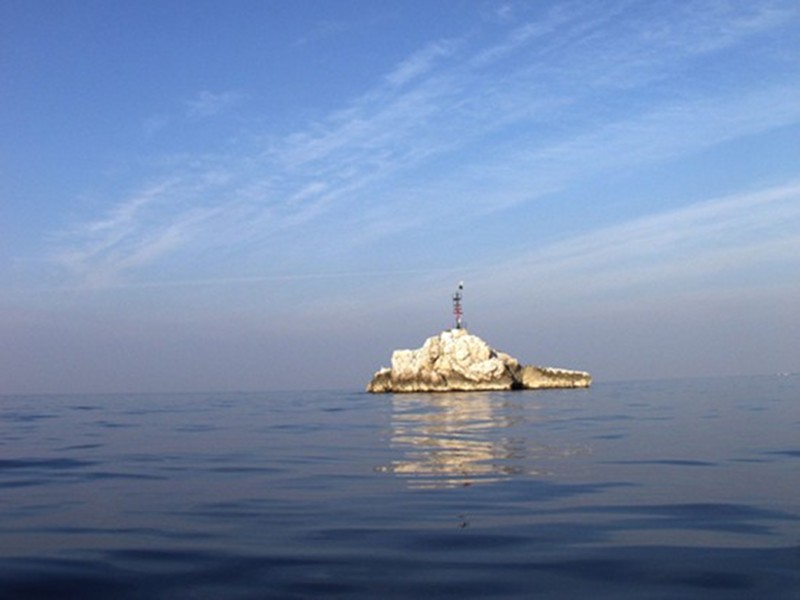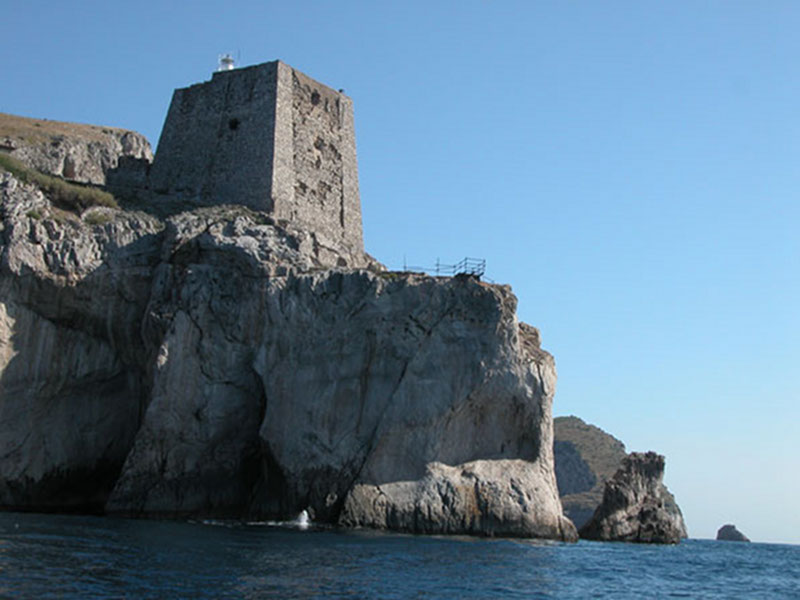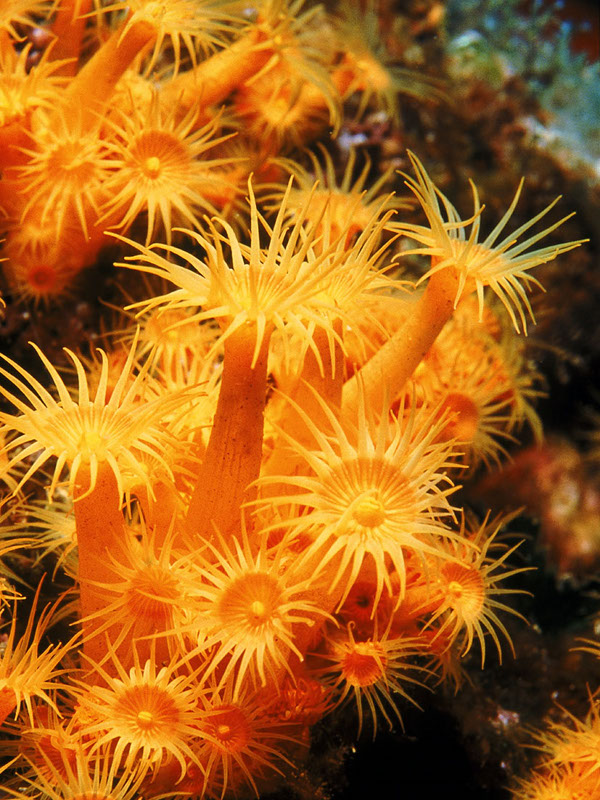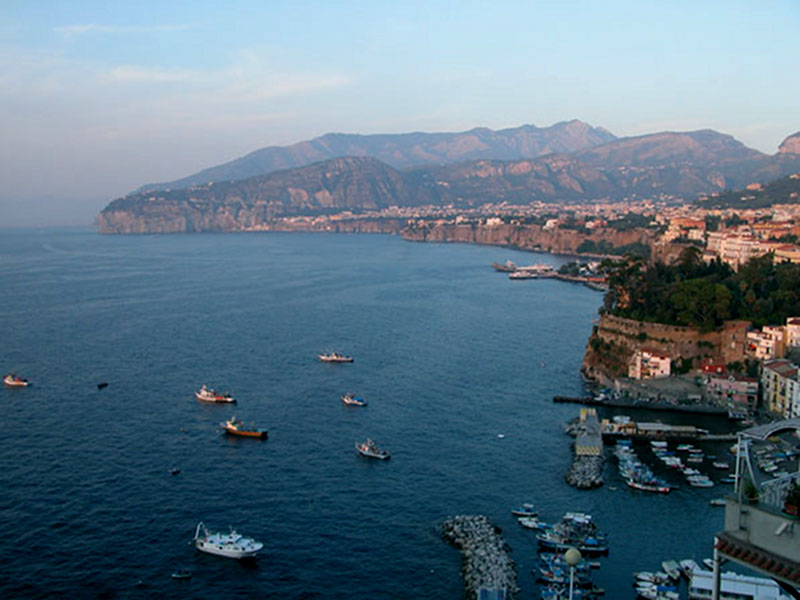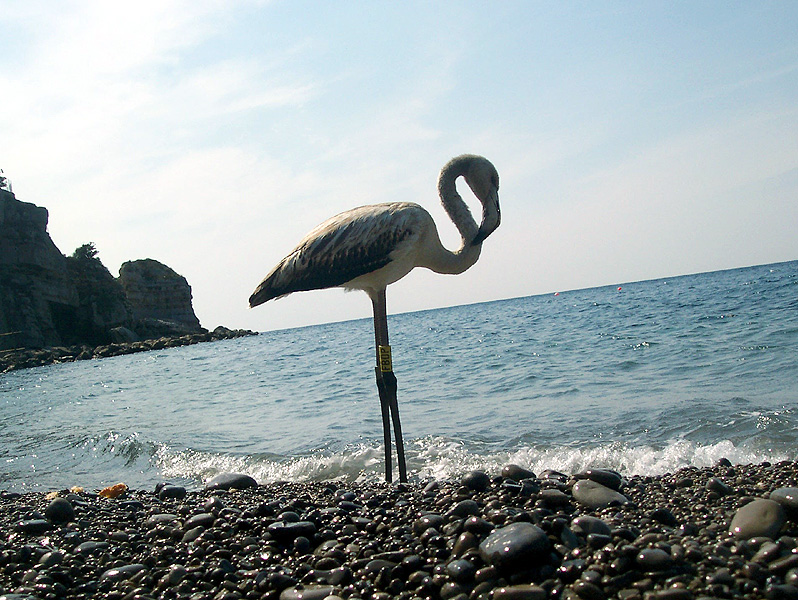Area Marina Protetta Punta Campanella
www.puntacampanella.orgProtected Area
Identity Card
- Punta Campanella Marine Protected Area:
- Sea Surface Area: 1'539.00 ha
- Regions: Campania
- Provinces: Napoli, Salerno
- Municipalities: Massa Lubrense, Piano di Sorrento, Positano, Sant'Agnello, Sorrento, Vico Equense
- Establishment Measures: DMAMB 12/12/1997 - DM 13/06/00
- PA Official List: EUAP0946
- Further managed Protected Areas:
- Sito d'Interesse Comunitario Isolotti Li Galli
- Sito d'Interesse Comunitario Scoglio del Vervece
- Sito d'Interesse Comunitario e Zona di Protezione Speciale Fondali marini di Punta Campanella e Capri
- Sito d'Interesse Comunitario e Zona di Protezione Speciale Punta Campanella
History
Since the 8th century BC the area between the river Sarno and Punta Campanella had been characterized by a community of indigenous villages which towards the half of the 6th century moved to the coast (Pompei-Stabia) and to the commercial landings of the Peninsula Sorrentina, transit places of the Etruscan trade. Towards the end of the 5th century BC, the whole region of Campania was conquered by the Oscan-Samnites, Italic populations descending from the mountains of the Sannio, and, from Cuma to Poseidonia (Paestum), the only isle of Hellenism will remain Neapolis, which was built by the Eubei (the first Greek colonizers of the western world). The Roman penetration will begin at the end of the 4th century and will be definitive from 90/80 BC.
Landscape
The establishment of Punta Campanella Marine Protected Area has the aim to preserve one of the most beautiful and rich stretches of Italian coast from a naturalistic point of view, both for the terrestrial and for the underwater environment. The 40 Km of coasts of Peninsula Sorrentina are a succession of green promontories and welcoming inlets: the Baia di Ieranto is famous, since it offers to the visitor a unique landscape.
- Vervece Zona "A"
The cliff of Vervece, situated at about one thousand meters from the small harbor of Marina della Lobra (Massa Lubrense), can be considered a real sea Sanctuary for the presence at 12 meters of depth of the statue of the Virgin Mary which protects divers.
- Vetara Zona "A"
The small cliff of Vetara lies on a seabed of about fifty meters, its walls degrade by alternating gentle slopes to steep falls. Flora and fauna enrich it from its first meters and a luxuriant "coralligenous" colonizes each ravine.
Landscape and Flora
The Marine Area Punta Campanella is inserted into a landscape characterized by a high "biodiversity", object of scientific studies by researchers from all over the world. Its variety is favored by particular microclimates deriving from an uneven geomorphological asset, where dry and sunny slope alternate with deep valleys, wetlands where it is possible to find the rare phenomenon of the vegetational inversion and several endemic botanical and wildlife species.
The coast is characterized by calcareous walls, sometimes steep and uneven especially on the southern slope, or gently degrading towards the sea and covered by pyroclastic material. Several inlets and fissures created by erosion phenomena, rain, wind, and above all the sea, offer a wonderful natural setting.
Avifauna
Within the Marine Protected Area, the birds are the most easily sighted animals, especially in summer when the males are engaged in the defense of the territory with territorial calls and singing.
Among the Falconidae, we signal the Kestrel (Falco tinnuculus), which can be often observed while it is scanning from above the hunting territory. On the contrary, the Peregrine (Falco peregrinus) nosediving on the preys at more then two hundred km/h is rare. Among the Accipitridae, the Buzzard (Buteo buteo) and the Sparrow Hawk (Accipiter nisus) can be seen during their migration.
As a matter of fact, the islands of the Archipelago of Campania and the Peninsula Sorrentina are ideal passages for the migratory avifauna using the Mediterranean route for its movements between Africa and Europe.
Of particular interest for those people who are fond of bird watching are Mt. S.Costanzo (Termini, 497m), Mt. S. Angelo (Montechiaro, 435m), and the Malacoccola (Sant'Agnello, 524m).
It is also not difficult to sight the Little Owl (Athene noctua), the Scops Owl, the Tawny Owl, the Barn Owl, the Raven, the Wryneck (Jynx torquilla), the Great Spotted Woodpecker, the Nightingale, the Song Thrush (Turdus philomelos), the Redwing (Turdus iliacus), the Skylark, the Woodcock, the Cuckoo, the House Martin, the Sardinian Warbler (Sylvia melanocephala), the Blackcap, the Chiffchaff, the Great Tit, the Wren, the Chaffinch, the European Serin (Serinus serinus), the Greenfinch, and the multicolored Goldfinch.



